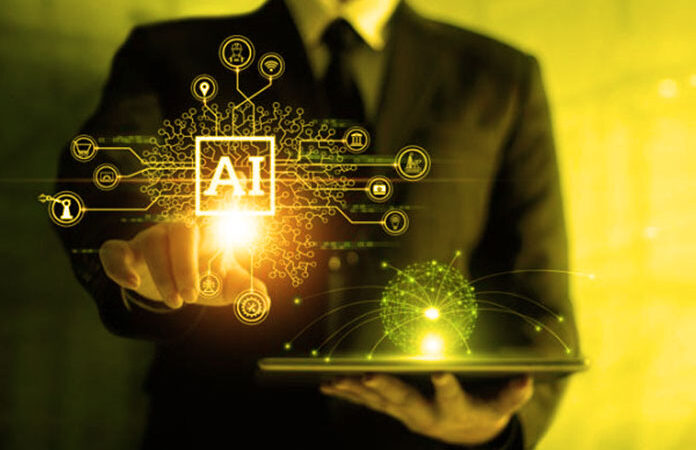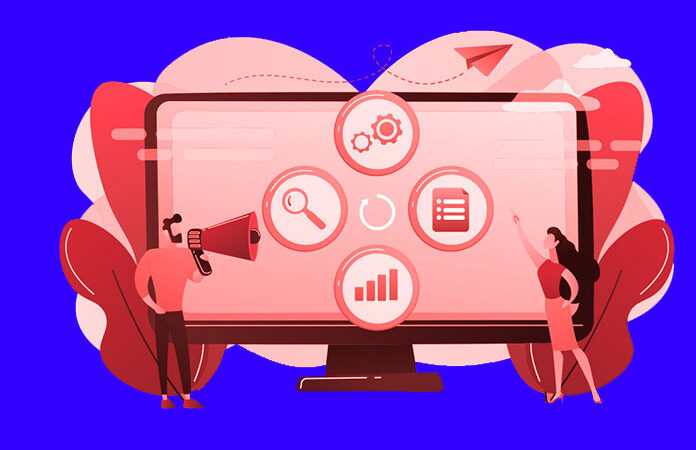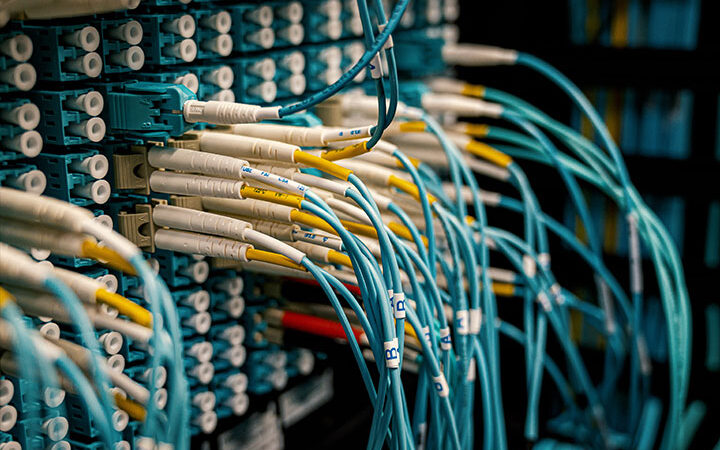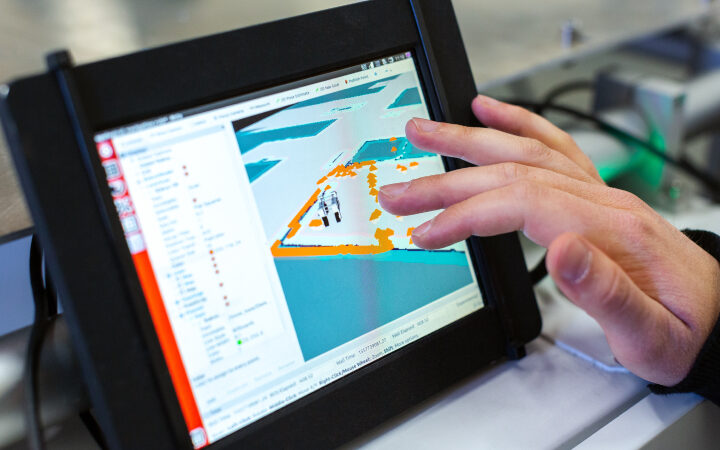The Definitive Guide to Edge Computing: What It Is and How It Works

What is Edge Computing? Edge computing is the process of taking processing power and data storage closer to the user or “edge” of the network. This can be done in a number of ways, including using local servers, cloud services, or a combination of both. Edge computing can improve performance and reduce latency by bringing resources closer to the end-user. In this guide, we will explore what edge computing is and how it works.
Table of Contents
What is edge computing and what are its benefits over traditional cloud computing models?
Edge computing is a decentralized and distributed model of computing where data and processing are brought closer to the user or “edge” of the network. This can be done in a variety of ways, including through local servers, mobile devices, or other connected endpoints. Edge computing has several benefits over traditional cloud models, including faster response times, improved security, and reduced bandwidth costs.
Edge computing is particularly well-suited for applications that require low latency or high throughputs, such as real-time analytics, industrial IoT applications, and autonomous vehicles. It can also help to improve the reliability of systems that are susceptible to network disruptions. By bringing processing power closer to the user, edge computing can also help to reduce the amount of data that needs to be sent over the network, which can improve performance and save on bandwidth.
How edge computing works and the different types of architectures that can be used
Edge computing works by moving data and processing closer to the source of the data, or “the edge.” By doing this, reduces latency and improves efficiency. There are three main types of edge architectures: fog computing, mist computing, and cloudlets.
Fog computing is a type of edge architecture that uses intermediary nodes to process data between the cloud and end devices. Fog nodes are deployed close to the edge, often in or near data centers, and act as a gateway between devices and the cloud. This architecture is well-suited for applications that require large amounts of data processing or low latency performance.
Mist computing is a type of edge architecture that uses end devices to process data. In a mist computing system, each device has its own processing capabilities and is able to act independently from other devices. This architecture is well-suited for applications that require real-time data processing or high security.
The challenges associated with deploying edge computing systems, including latency, bandwidth, and security considerations
Edge computing can help organizations address some of the key challenges associated with deploying and scaling distributed systems, including latency, bandwidth availability, and security considerations. By placing compute resources closer to the data sources and users, edge computing can help reduce latency and improve response times. Edge computing can also help optimize bandwidth usage by caching content at the edge, reducing the need to backhaul data to a centralized location. Finally, edge computing can help improve security by providing a more distributed and therefore resilient architecture.
Edge computing is not without its challenges, however. One of the key challenges is managing and coordinating the resources at the edge, as well as ensuring that data is properly synchronized across disparate systems.
Case studies of companies that have successfully deployed edge computing systems
– Walmart is using edge computing to improve the customer shopping experience
– Google is using edge computing to improve the speed and performance of its services
– Netflix is using edge computing to improve streaming quality for its customers
– Facebook is using edge computing to improve the user experience on its site.
The future of edge computing and how it will impact businesses and consumers alike
As technology continues to evolve, so too does the way we use it. Edge computing is one such example of this; a relatively new concept that is already having a big impact on the way businesses operate.
So, what is edge computing? In short, it is a type of computing where data processing and storage takes place at or near the edge of a network, as opposed to in a centralized data center. This can be done for a number of reasons, including reducing latency, improving performance and security, and saving bandwidth.
Edge computing is especially well-suited for applications that require real-time processing or low latency, such as those used in autonomous vehicles, industrial control systems, and augmented reality.
There are a number of benefits that edge computing can offer businesses and consumers alike. For businesses, it can help to improve efficiency and reduce costs. Edge computing can also help to improve performance and security, as well as provide a more reliable service. For consumers, edge computing can provide a better user experience by reducing latency and providing a more responsive service.
Edge computing is set to have a big impact on the way businesses operate in the future. It is already being used by some businesses to improve efficiency and reduce costs, and this is only set to increase as the technology continues to develop.
Also Read : How Blockchain is Improving Cloud: The Future of Data Storage






